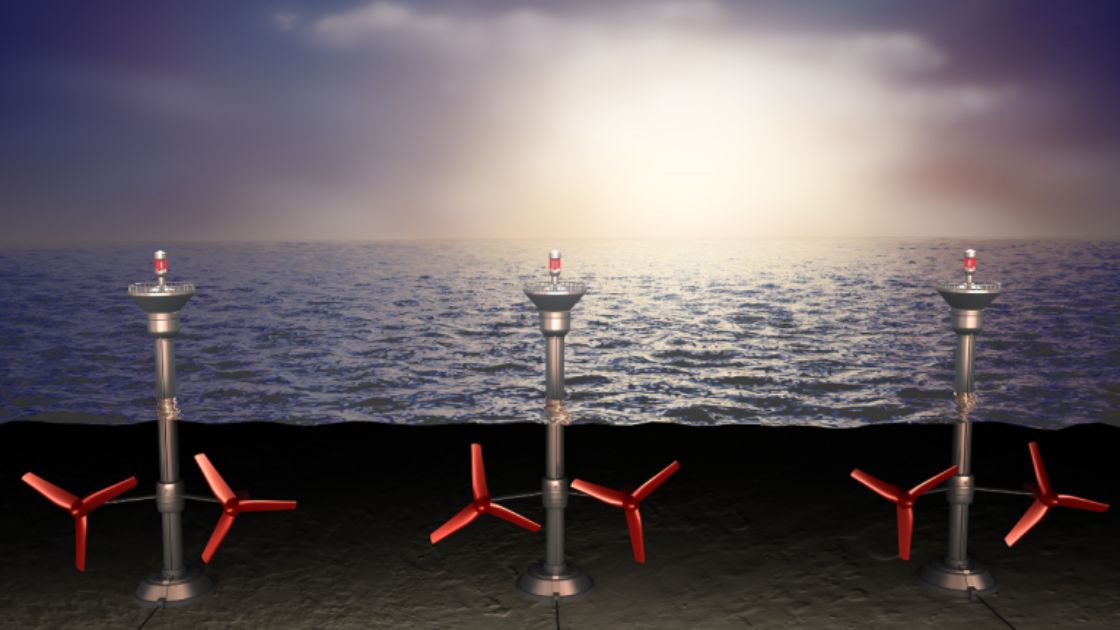Tidal power
Tidal power or periodic event energy is controlled by changing energy from tides into helpful kinds of power, primarily electricity victimisation in varied ways. Although not widely used, periodic event energy has the potential for future electricity generation. Tides are more foreseeable than the wind and also the sun. Among sources of renewable energy, periodic event energy has historically suffered from comparatively high value and restricted handiness of websites with sufficiently high periodic event ranges or flow velocities, so constricting its total handiness. Several technological advancements and enhancements have occurred, each in style. In addition to dynamic periodic event power and periodic event lagoons, rotary engine technologies (such as axial turbines and cross-flow turbines) indicate that periodic in axial turbines, cross flow turbines), indicate that the entire handiness of periodic event power is also abundant over antecedently assumed which economic and environmental prices are also brought right down to competitive levels.
Historically, tide mills are used in Europe and on the Atlantic Coast of North America. The incoming water was contained in giant storage ponds, and because the tide goes out, it turns water wheels that use mechanical power to mill grain. The earliest occurrences initiate the centre Ages, or maybe from Roman times. The method of victimisation of falling water and spinning turbines to form electricity was introduced within the U.S. and Europe in the nineteenth century.
Electricity generation from marine technologies inflated Associate in Nursing calculable 16 PF in 2018, and Associate in Nursing a calculable thirteen in 2019. Policies promoting R&D are required to realise any value reductions and large-scale development. The world’s initial large-scale periodic event power station was France’s Rance periodic event power plant, which became operational in 1966. It had been the most important periodic event power plant in terms of output till Sihwa Lake periodic event power plant opened in Asian countries in August 2011. The Sihwa station uses ocean wall defence barriers complete with ten turbines generating 254 MW.
content specific keywords:#oceanpower#hydroenergy#greenenergy#oceanenergy#renewablenergy#energy#climatechange#engineering#electricity#tidal#cleantech#hydroelectricity#solarpower#solarpoweredhomes#solarpoweredlife#solarlife#renewableenergyisthefuture


